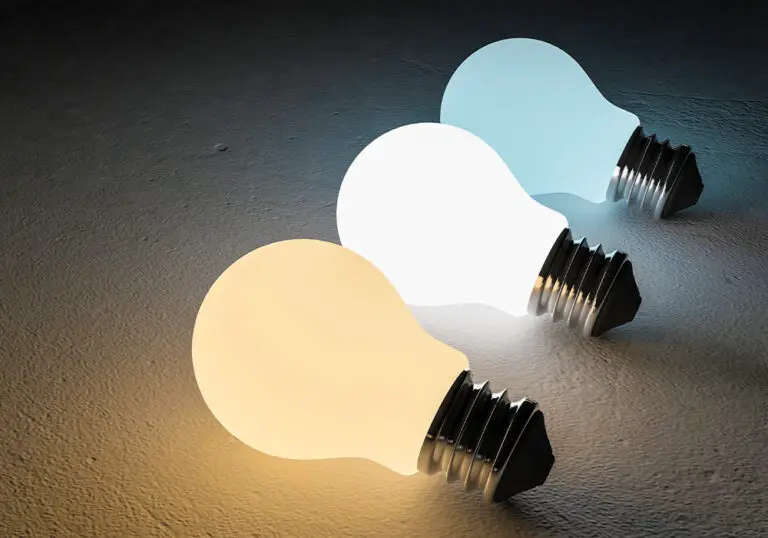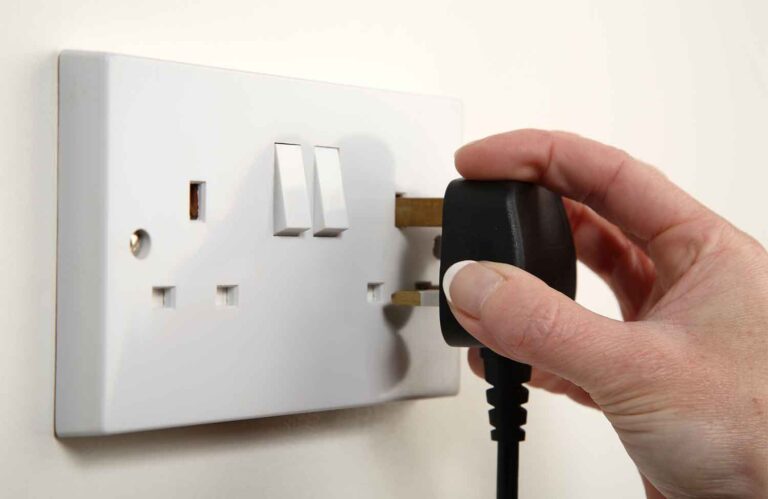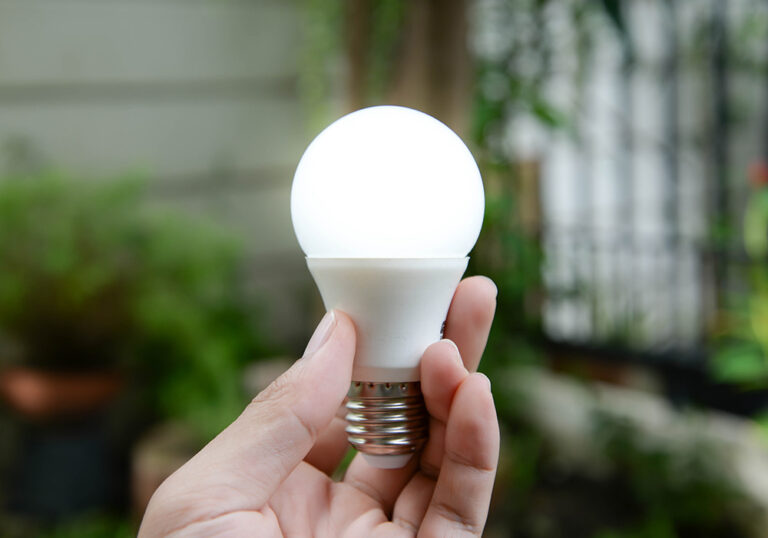CFL Lamps: What are they and why they are being phased out
Compact Fluorescent Lamps (CFLs) have been a versatile lighting option for many years, particularly in commercial applications. They come in various types to accommodate specific needs and have been a popular choice due to their energy efficiency and long life. However, changes in legislation and advancements in lighting technology have led to the phasing out of CFLs across the globe.
The phase-out of CFLs is mainly driven by concerns regarding their environmental impact and energy efficiency. CFLs contain mercury, a hazardous substance restricted under the Restriction of the use of Hazardous Substances (RoHS) initiative. Initially, CFLs and other fluorescent lamps had exemptions, but these were recently amended. Additionally, some fluorescent lamps, such as T12, have already been phased out due to failing to meet efficiency requirements under the SLR directive.
Key Takeaways
- CFL Lamps are a type of energy-efficient lighting, but concerns about their environmental impact have led to their phase-out.
- Mercury content in CFLs is a primary concern, as it is restricted by the RoHS initiative.
- The shift towards more energy-efficient alternatives like LED lights is also a driving factor in the phasing out of CFLs.
What are CFL Lamps
CFL Lamps, or Compact Fluorescent Lamps, are energy-saving light bulbs designed to replace traditional incandescent bulbs. They have a distinct tube shape, which houses mercury and argon fumes that interact to produce invisible ultraviolet (UV) light. The UV light then excites the phosphorescent coating on the inside of the tube, emitting visible light.
The primary advantage of using CFLs is that they consume significantly less energy than incandescent bulbs―approximately 70% less. While incandescent bulbs waste about 95% of their energy as heat, CFLs produce far less heat and use much less electricity to create the same amount of light.
CFLs were first introduced in the mid-1980s as screw-in versions of the linear fluorescent tubes commonly found in workshops, garages, and other utility areas. Since then, various subtypes of CFLs have been developed, which can be differentiated by their practical characteristics, dimensions, and shapes.
Although CFLs were once considered a highly efficient and environmentally friendly alternative to incandescent bulbs, they are now being phased out in favour of LED bulbs. As technology has progressed, LEDs have taken over the market by offering even greater energy efficiency, longer lifespan, and lower environmental impact than CFLs.
Origin of CFL Lamps
CFL Lamps, short for Compact Fluorescent Lamps, were designed to replace traditional incandescent light bulbs. These energy-saving alternatives consist of a glass tube filled with mercury vapour and gas, along with electrodes at both ends of the tube. When electricity passes through the gas, it produces ultraviolet light, which then excites a phosphor coating inside the tube, generating visible light.
The introduction of CFLs in the 1990s marked a significant improvement in energy efficiency compared to incandescent bulbs. While incandescent lamps convert only about 10% of the energy they consume into light, CFLs can generate the same amount of light using significantly less energy. For example, a 60-watt incandescent bulb can be replaced by a 13-watt CFL, which helps reduce electricity consumption and, ultimately, your energy bills.
Despite their efficiency, these lamps have faced criticism in recent years due to several factors. Their slow warm-up time means it takes a while for the bulbs to reach their full brightness, which can be inconvenient for users. Furthermore, the small amount of mercury contained in CFLs raises environmental concerns regarding their disposal.
These concerns have led to a gradual shift towards more advanced, energy-efficient lighting solutions like LED bulbs. LEDs not only consume less energy (around 8.5 watts for a 60-watt equivalent) but also boast a longer lifespan and instant brightness, ultimately making them a more attractive choice for consumers. As a result, the production and use of CFL Lamps are being phased out, paving the way for more sustainable lighting technologies in the market.
How do CFL Lamps Work
CFL lamps, or Compact Fluorescent Lamps, are energy-efficient alternatives to traditional incandescent bulbs. They work on the principle of gas discharge, involving the ionization of gas by an electric current. To understand how CFL lamps work, you should know their structure and the process behind their illumination.
The main components of a CFL lamp include a glass tube filled with mercury vapour and gas, electrodes at either end of the tube, and a ballast that helps kick-start the lamp and regulates the current. When you turn on a CFL lamp, the ballast initiates an electrical current that flows through the electrodes.
As the current passes through the gas, it ionises and ignites the mercury vapour. This reaction releases ultraviolet (UV) light within the glass tube, which is then transformed into visible light as it passes through a phosphor coating on the tube’s inner surface. The phosphor coating’s function is to absorb UV light and re-emit it as visible light.
CFL lamps require more energy when first switched on, but they quickly become more efficient than incandescent bulbs, consuming around 70% less energy on average. Furthermore, the advances in phosphor technology have allowed for more power per unit area, enabling CFLs to fit within the same volume as their incandescent counterparts.
However, due to the EcoDesign Directive, the production of CFL lamps with integrated ballasts ceased as of 1st September 2021. This decision was primarily driven by advancements in LED lighting technology, which offers even greater energy efficiency and longevity.
Advantages of Using CFL Lamps
Energy Efficiency
One of the main advantages of using Compact Fluorescent Lamps (CFLs) is their energy efficiency. They consume approximately one quarter of the energy compared to traditional incandescent bulbs. By using CFLs in your home or office, you can significantly reduce your energy consumption and, consequently, your carbon footprint.
Cost Effectiveness
Another advantage of using CFLs is their cost effectiveness. Although the initial purchase price of a CFL might be higher than an incandescent lamp, it can save more than five times its purchase price in electricity costs over its lifetime. Additionally, CFLs have a much longer lifespan than incandescent bulbs, typically ranging from 6,000 to 15,000 hours. This means that you can save money on replacement costs and enjoy the benefits of energy-efficient lighting for longer periods.
Concerns with CFL Lamps
Environmental Impact
CFL lamps contain small amounts of mercury, which, when not disposed of properly, can contaminate soil and water, causing significant and irreversible damage to the environment. As a result, it is essential to dispose of them correctly to minimise their negative impact on the environment. However, improper disposal still occurs, contributing to environmental pollution.
Health Risks
Mercury is not only harmful to the environment, but it also poses risks to human health. The mercury content in CFL lamps is minimal, but if a lamp breaks, the mercury can be released as vapour, which may increase the risk of exposure. Short-term exposure to mercury may result in symptoms such as nausea, vomiting, and shortness of breath. Long-term exposure to mercury may lead to more severe health problems, including damage to the nervous system.
As you may already know, the production of CFL lamps will cease in 2023 due to their negative environmental impact and health risks. Instead, more efficient and eco-friendly lighting options, such as LED bulbs, are becoming increasingly popular.
Why are CFL Lamps being phased out
CFL Lamps, or Compact Fluorescent Lamps, gained popularity as an energy-efficient alternative to incandescent lamps. However, there are several reasons they are now being phased out, including environmental concerns and advances in lighting technology.
Firstly, CFL lamps contain a small amount of mercury, a toxic substance that can cause harm to human health and the environment. Improper disposal of these lamps can lead to the contamination of soil and water, causing significant damage. Governments and environmental agencies have been advocating for more sustainable and safe alternatives, which has prompted the phase-out.
Moreover, the emergence of LED (Light Emitting Diode) technology has contributed to the decline in the use of CFL lamps. LED lamps provide several advantages over CFLs, such as being more energy-efficient, having a longer lifespan, and not containing hazardous substances like mercury. As a result, LED lamps are becoming the preferred choice for both residential and commercial lighting applications, further reducing the demand for CFLs.
Additionally, legislative measures have been taken to promote the use of more energy-efficient and environmentally friendly lighting solutions. For example, the Biden administration in the US has proposed rules that would effectively phase out compact fluorescent light bulbs, moving the market towards LED technology.
In summary, CFL lamps are being phased out due to their mercury content, the rise of LED technology, and legislative efforts to promote sustainable lighting options. As a result, the industry is moving towards more environmentally friendly and efficient alternatives.
Alternative Lighting Solutions
LED Lighting
LED (Light Emitting Diode) lighting is an increasingly popular alternative to traditional CFL lamps. They are energy-efficient, long-lasting, and environmentally friendly. LED lights use significantly less energy compared to CFLs, providing potential savings of up to 80% in energy costs. This makes them an excellent choice for both residential and commercial spaces.
Unlike CFLs, LEDs do not contain mercury or other harmful substances, making them a safer choice for both humans and the environment. Additionally, they are available in a variety of shapes, sizes, and colours, offering versatility for different applications.
Halogen Lighting
Another alternative lighting option is halogen lighting. While not as energy-efficient as LEDs, halogen lamps are still more efficient than traditional incandescent bulbs. They emit a warm, high-quality light, making them suitable for ambient lighting, decorative lighting, or task lighting.
Halogen lamps utilise a tungsten filament encased in a small quartz envelope filled with halogen gas. This design allows for higher working temperatures, resulting in brighter, whiter light output. However, it is worth noting that halogen lamps will also be phased out by September 2023, specifically halogen pins (G4, GY6.35, G9).





